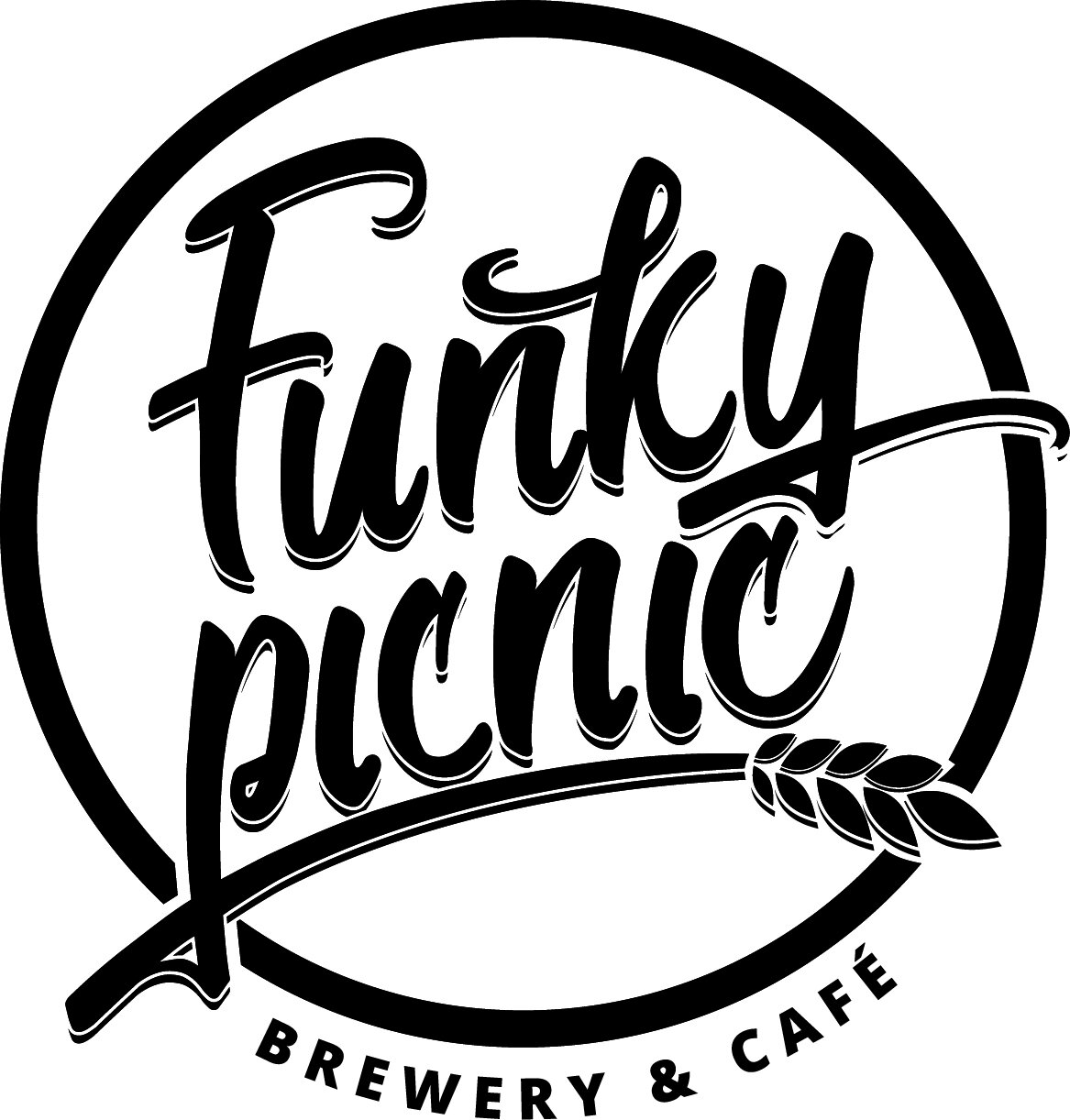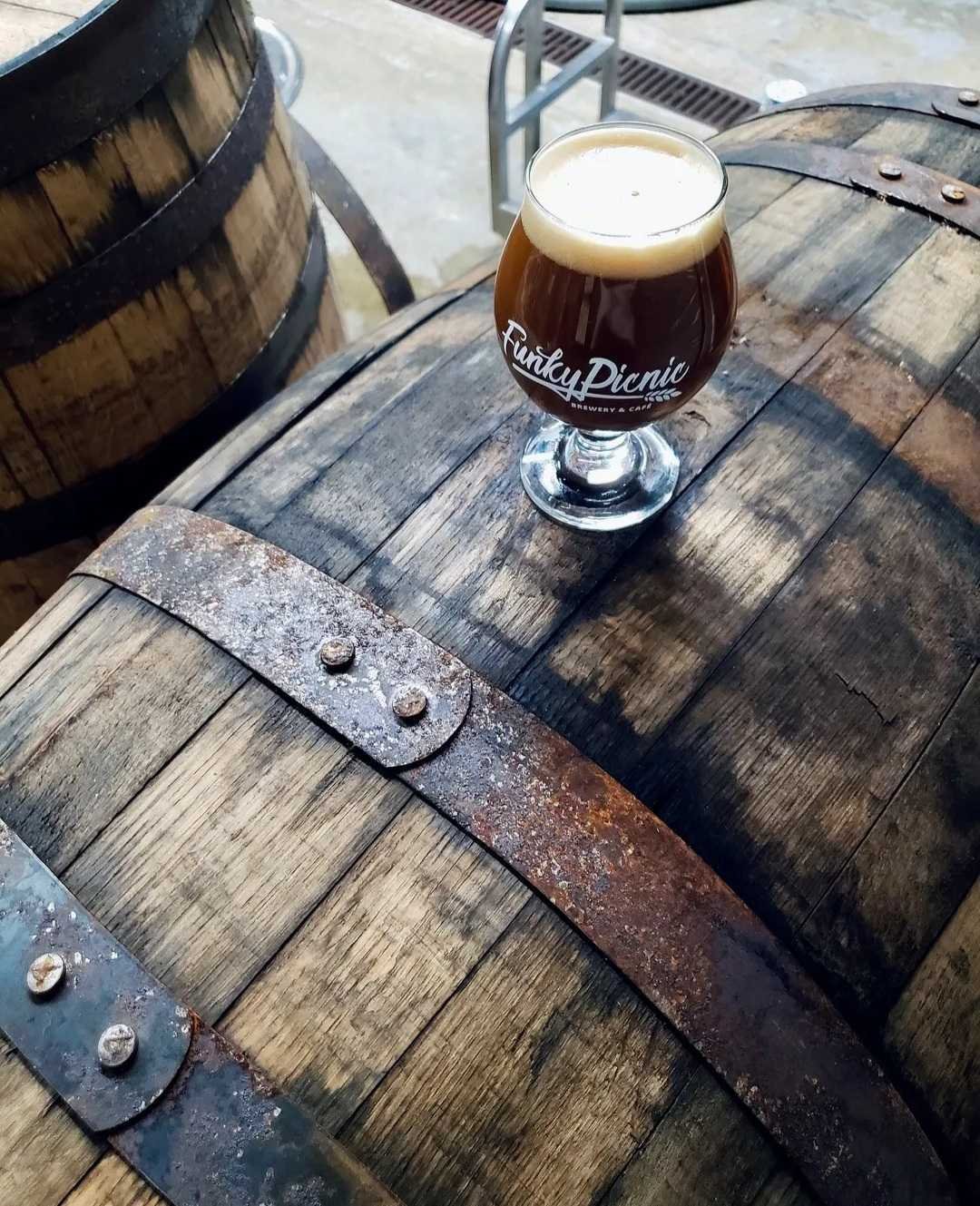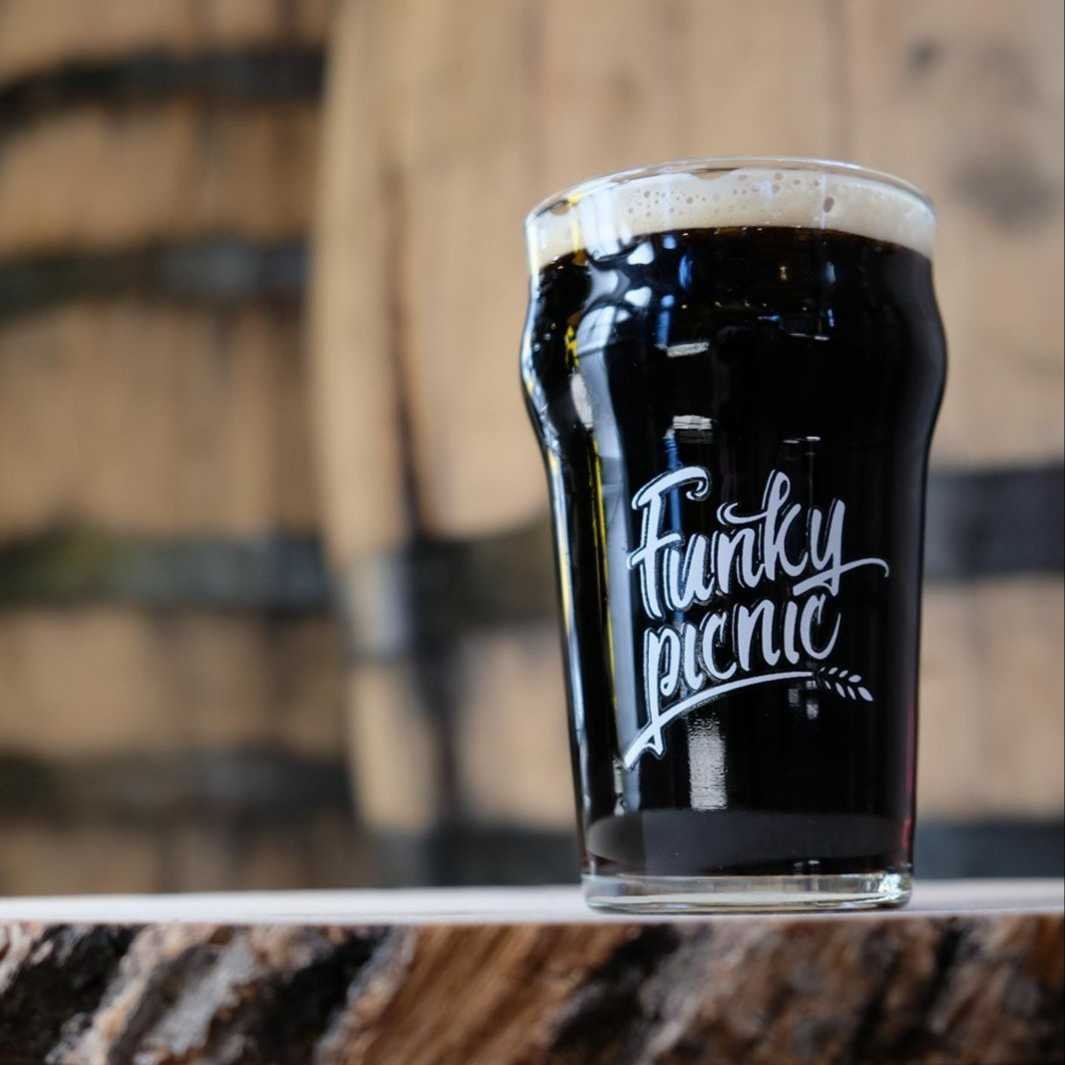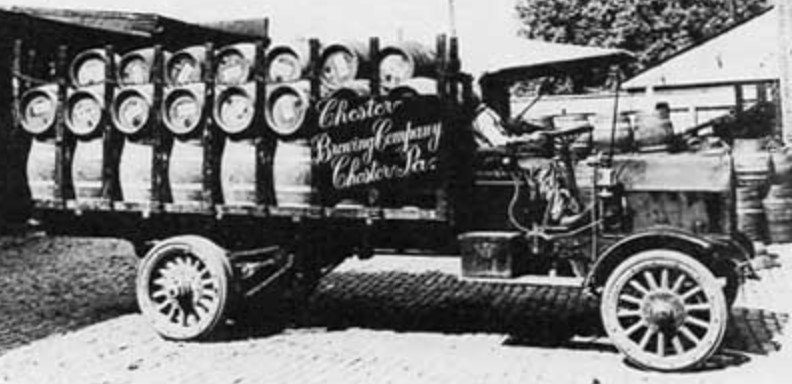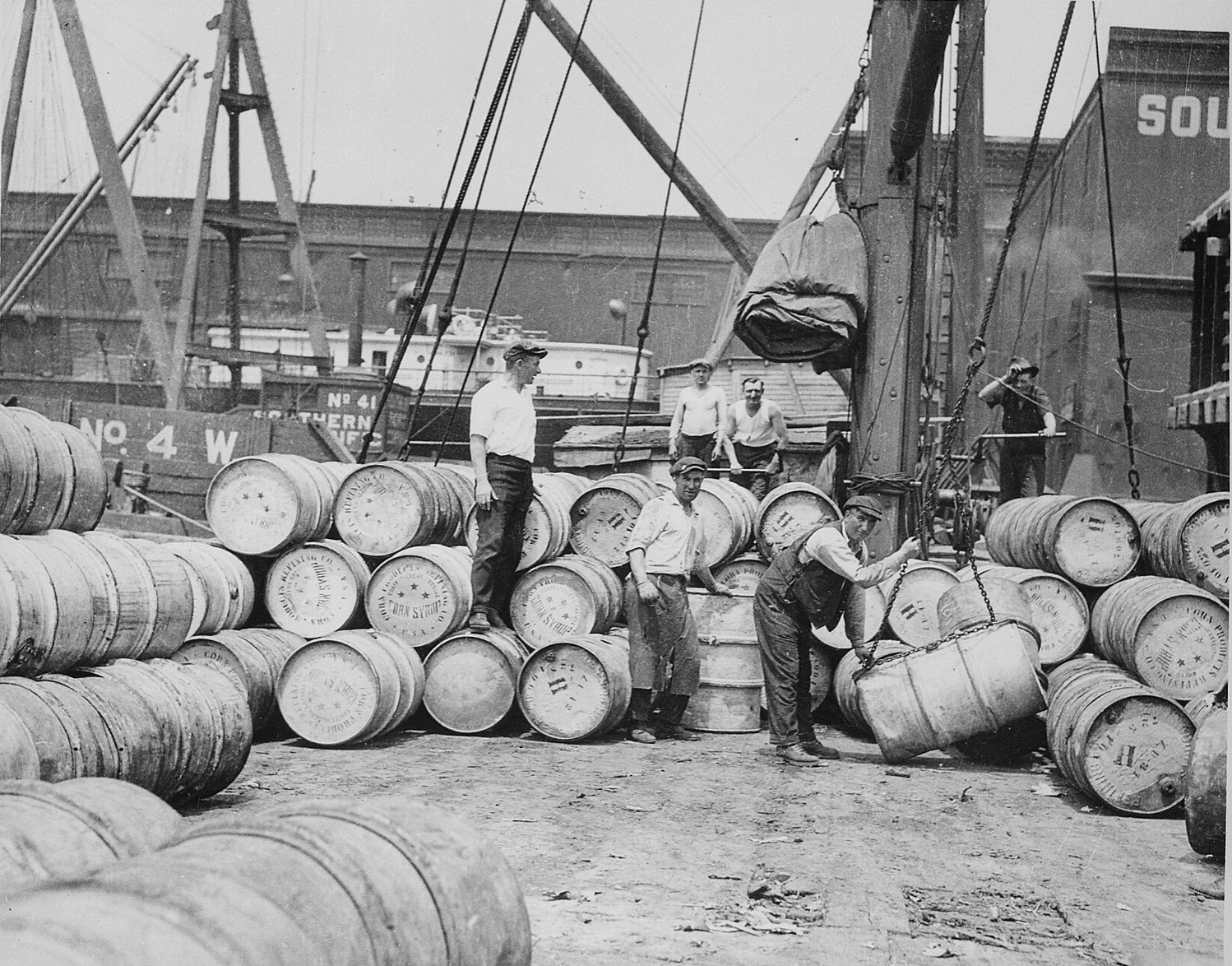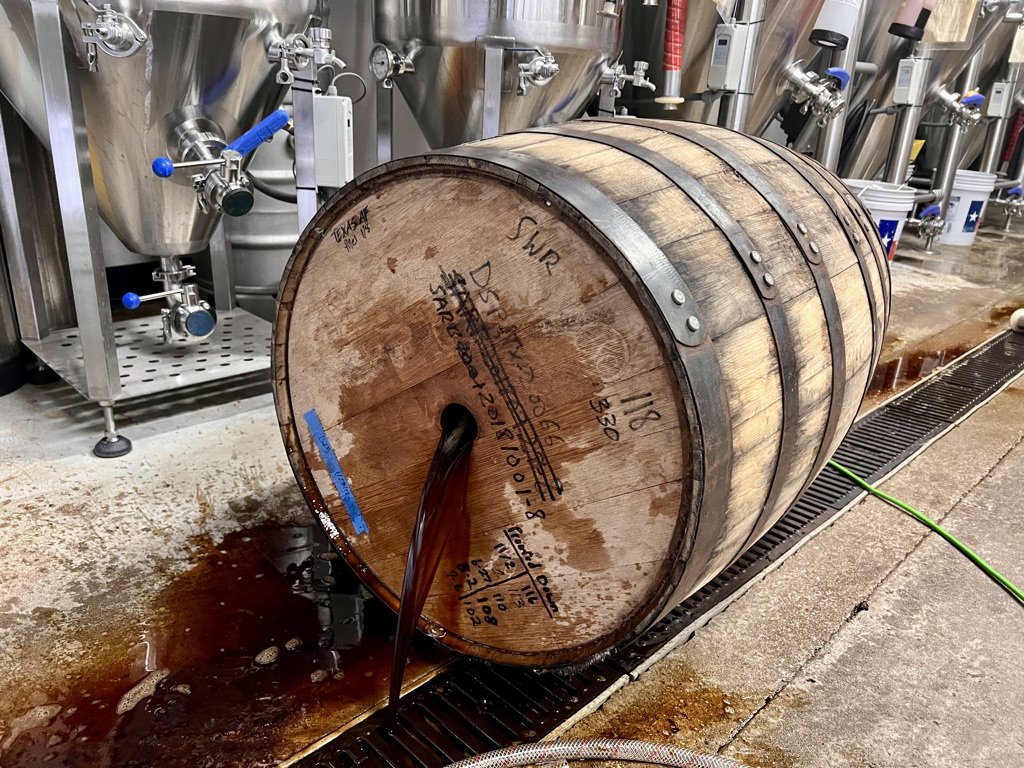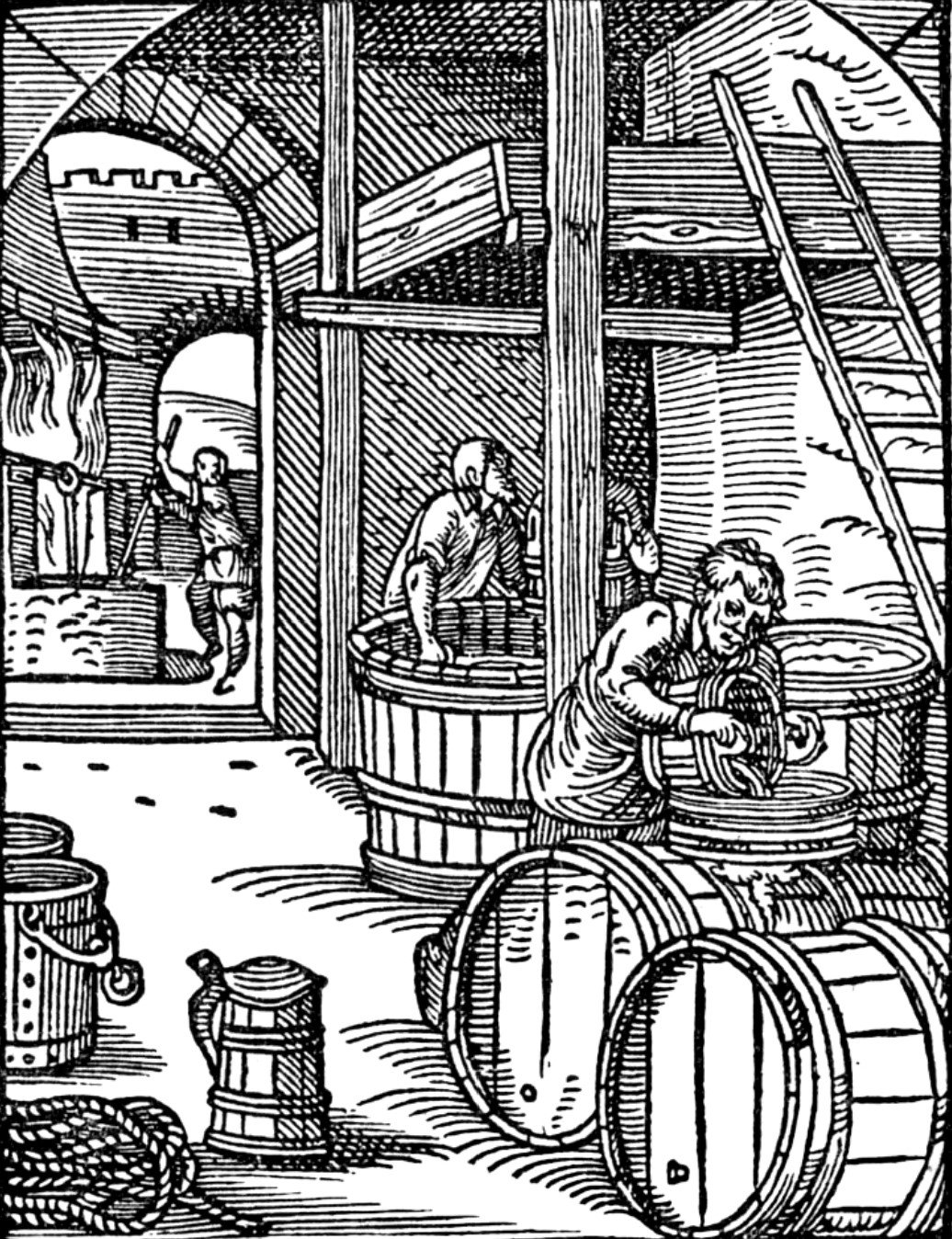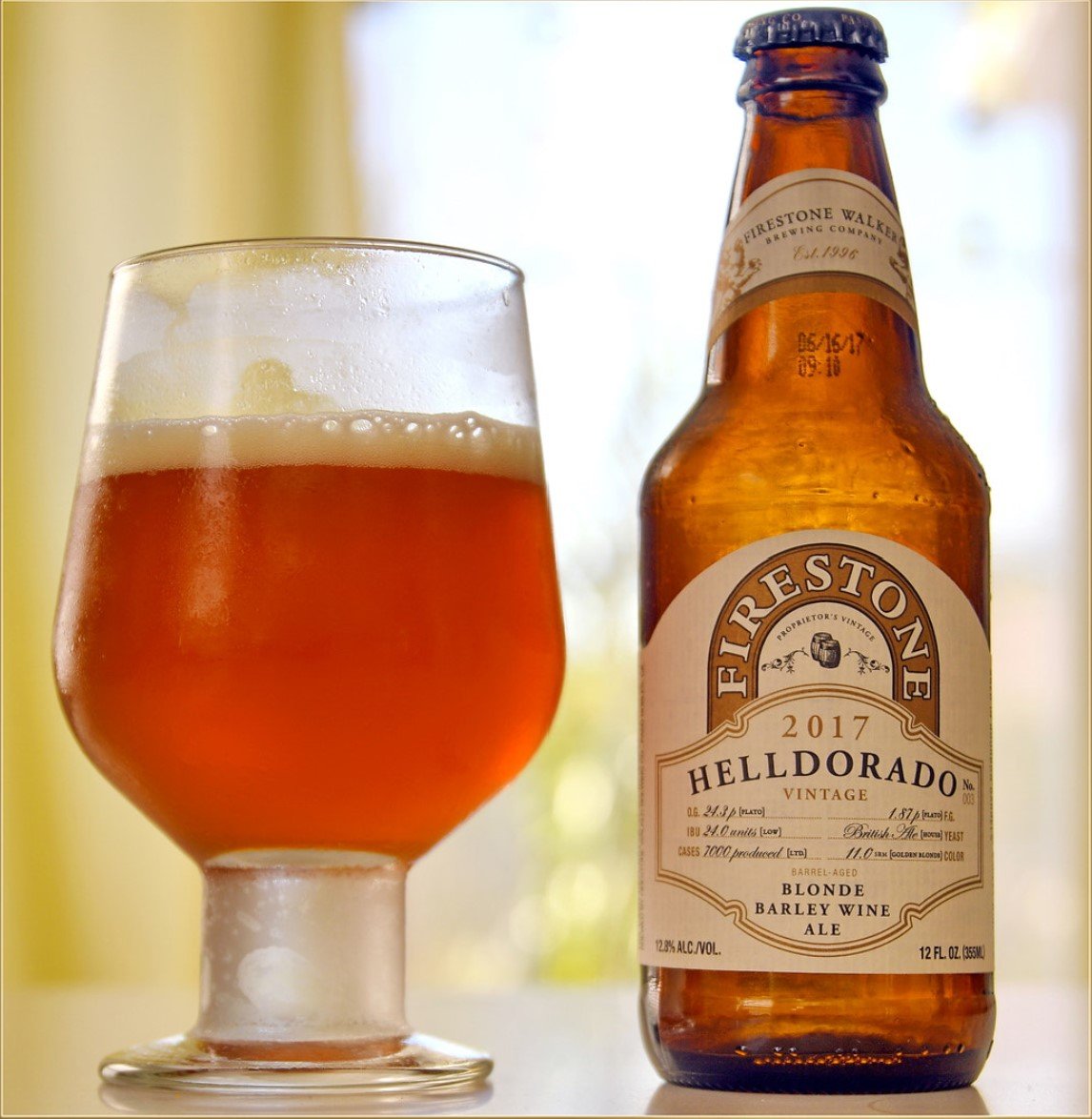Barrel Aging Beer: What Does It Do?
You may have noticed certain beers are advertised as barrel-aged. Most barrel-aged beers are aged in various spirit barrels like whiskey or rum, or more adventurous spirits like Gin or Tequila. Some may also be aged wine barrels or even just plain wooden barrels, mostly oak.
But what does aging a beer in a barrel actually do?
To answer that, we need to go back a little bit in beer brewing history. Before beer was packaged in the aluminum kegs of today, most finished beers were stored and transported in oak barrels. Barrels were widely available as they were also used for storing non-beer-related items like food, wine, building supplies, and even black powder. Barrels had to be tested for leaks and sealed before being filled with beer to not lose any of that precious liquid during the aging process. Most larger breweries then also had an in-house cooper to construct and repair any and all the barrels they would need, which not only required woodworking skills for the barrel staves and heads, but blacksmithing skills to create the hoops that held it all together.
Naturally, wood is a very porous material with tiny cracks and crevices that shift with temperature and humidity.
As beer is added to the barrel and the ambient temperature goes up and down, the barrel swells and retracts, ingesting and releasing beer into and out of the wood, bringing the barrel’s flavors with it. It also (sometimes) transfers unwanted flavors as well. Because of its porous nature, it makes a great home for microscopic bacteria and wild yeast (like Brettanomyces) that create spoilage and add sour flavors to the beer. It also allows for oxygen to pass through the wood to contact the beer, leaving a sometimesstale, cardboardlike off-flavor too.
Traditional English Porter
Porters required long lengths of time in barrels originally, and the resulting product was a very vinous, complex, and lightly tart beer because of the exposure to wild yeast and oxygen.
Today, most barrel-aged beer is protected against oxygen ingress and is cleaned vigorously to remove any bacteria and wild yeast, unless a brewer wants to intentionally inoculate it for a particular style of wild ale. Spirit barrels are used to add another layer of flavor to already strong base beers. An already flavorful base beer is needed to match the intensity of the spirit from the barrel, or else the spirit will be the only flavor noticeable.
The most popular style to use for spirit barrels is Stout (especially Imperial Stout), but other big boozy styles like Barleywine and Scotch Ale work just as well. While India Pale Ales are just as flavorful, since hop character degrades with aging time (especially when exposed to oxygen), they are not ideal for barrel aging, though some breweries have experimented with this.
See Gigantic Brewing Co.’s Gin-Barrel Double IPA, Pipewrench, for a great example that did work.
The first spirit barrel-aged beer was actually a collaboration between Goose Island Brewery (now owned by AB-InBev) in Chicago and Jim Beam Distillery. In 1994, the then head brewer of Goose Island, Greg Hall, was cohosting a beer, bourbon, and cigar dinner at La Salle Grill in South Bend, Indiana with Jim Beam’s master distiller, Booker Noe. Both were there walking attendees through various food and beverage pairings with pre- and post-meal cigars. Greg was working on a unique recipe for the brewery’s 1000th batch and approached Booker about using some of his emptied Bourbon barrels to age one of his Imperial Stout recipes in. Thus, Bourbon County Brand Stout was born.
For a more detailed history on Goose Island and the birth of Bourbon County, check out Josh Noel’s book, Barrel-Aged Stout and Selling Out: Goose Island, Anheuser-Busch, and How Craft Beer Became Big Business.
At Funky Picnic, we have done a few barrel-aged projects since we opened in 2019.
Our first barrel-aged beer was Texas AF, an American Stout aged in a Still Distillery (Austin, TX) bourbon barrel and released in March 2020 for Texas Independence Day. Since then, we have done several other projects with other local distilleries, like Acre Distilling, and even crafted a recipe using Blackland Distilling’s Gin botanicals in our Wit recipe. We currently have our Barrel-Aged Barleywine, Ten Percent Demon, on tap in our newly opened Back Room bar. We also plan on releasing more barrel-aged beers in the future at Funky Picnic, especially as the weather gets colder, where bigger bolder beers are more in season and perfect for barrel aging.
Cheers!
Author: Collin Zreet
Collin is a native Texan and is a founding member and co-owner of Funky Picnic Brewery and Café. He is a Certified Cicerone and Certified BJCP Beer Judge, specializing in beer and food pairings. When he is not thinking about beer, he enjoys spending time with his wife, Taylor, son, Alder, and dog, Rocco.
